What started as an unboxing and first look ended up more like a first-use review and perhaps even offers a different perspective on manual lenses and their sharpness— but that can only be a good thing for anyone already interested in this lens or looking for this focal length or manual lenses in general.
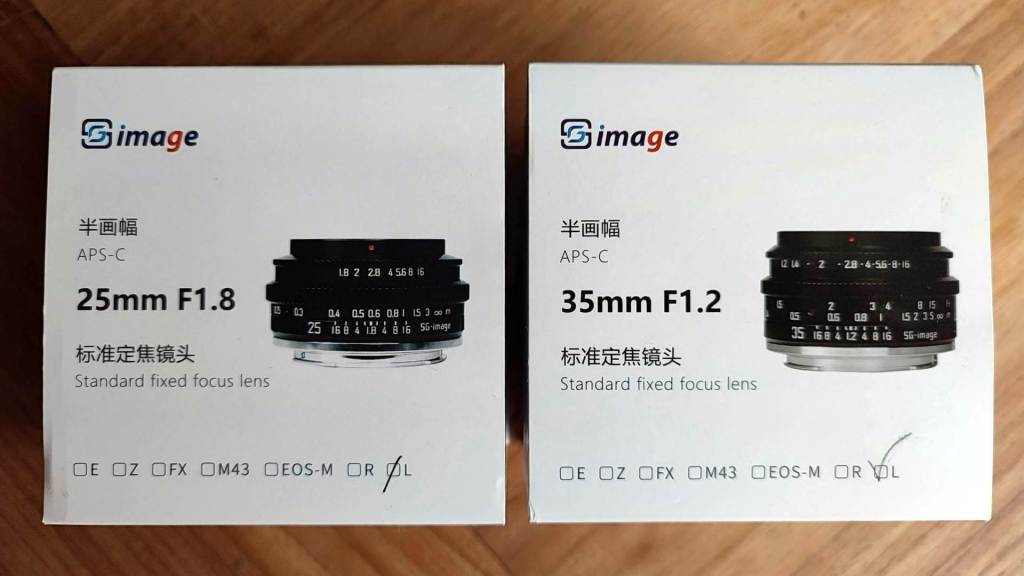
The SG Image 35mm f/1.2 is a manual focus prime lens with a fast aperture, designed for photographers seeking a balance between affordability and performance. Despite its lesser-known brand status, it offers several features that make it appealing for portrait, low-light, and creative depth-of-field photography.
Key Features:
- Aperture: The f/1.2 maximum aperture allows for excellent light-gathering capabilities, making it suitable for low-light conditions and creating a shallow depth of field, resulting in pleasing bokeh effects.
- Optical Design: The lens incorporates multiple elements in its construction, likely including high-refractive and low-dispersion elements, though exact specifications are not readily available. This design aims to reduce chromatic aberration and improve image sharpness, particularly in the center of the frame.
- Build Quality: Like many other third-party manual focus lenses, the SG Image 35mm f/1.2 is made of a metal housing, providing a solid feel and durability for outdoor and professional use.
- Compatibility: It is available for a variety of mounts, most likely including popular mirrorless systems like Sony E-mount, Fuji X, Nikon Z, Micro 4/3, Canon EF-M,…
Comparison to Alternatives:
The SG Image 35mm f/1.2 is positioned as a budget alternative to high-end fast aperture lenses like the TTArtisan APS-C 35mm f1.4, the 7artisans 35mm f1.2 and f1.4, Sigma 35mm f/1.2 DG DN Art or the Samyang AF 35mm f/1.4. Unlike its autofocus-equipped rivals, the SG Image lens focuses manually, offering a more tactile shooting experience but also demanding more precision from the photographer. Its price point is a bit lower than its manual rivals and autofocus competitors, making it an attractive option for enthusiasts who can live without AF – I found it at the price of €82.
While it lacks weather sealing and autofocus seen in high-end models, its performance in terms of aperture speed and image quality makes it a strong contender for those prioritizing price and manual control.
Who Is It For?
This lens is ideal for hobbyist photographers and creative enthousiasts or professionals who enjoy manual focus and are on a budget but still want to achieve fast aperture effects. It’s perfect for portraiture, street photography, and artistic shots where subject isolation and bokeh are important.
If you want more information or wish to explore the lens further, you can check out the SG Image official page here.
Where the SG Image 35mm f/1.2 Shines compared to the faster f0.95 versions of any brand:
When comparing the SG Image 35mm f/1.2 to a lens like the 7Artisans 35mm f/0.95, the key differences lie in their performance, usability, and purpose.
- Balanced Performance: While the f/1.2 aperture is not as extreme as the f/0.95, it provides a great balance between sharpness and light-gathering ability. Lenses with wider apertures, like f/0.95, tend to suffer from softness wide open, especially around the edges, whereas the f/1.2 may provide sharper images across the frame.
- Usability: The f/1.2 aperture is more forgiving than the f/0.95 in terms of focusing. With f/0.95, the depth of field becomes so thin that achieving precise focus is challenging, especially in manual focus lenses like those from 7Artisans. The f/1.2 gives a bit more leeway, making it easier to use in real-world scenarios.
- Affordability and Build: Both lenses are relatively affordable, but the SG Image tends to prioritize a robust build and smoother manual focus mechanics. For users who enjoy tactile feedback and a solid but very compact construction, the SG Image stands out.
Differences from f/0.95:
- Light Gathering: The f/0.95 allows for even more light, making it superior in ultra-low-light conditions. However, this comes with trade-offs in terms of sharpness and the tendency for aberrations.
- Creative Flexibility: The 7Artisans 35mm f/0.95 excels in delivering a dreamlike, ultra-shallow depth of field, which can be appealing for specific artistic shots, while the SG Image f/1.2 offers more practical versatility for everyday shooting.
In summary, the SG Image 35mm f/1.2 is a more practical, balanced choice for most users, offering a good mix of sharpness, ease of use, and bokeh without the extreme challenges of an f/0.95 lens.
Must Read :
Since we’re talking about f/0.95 lenses, SG-Image also offers a 35mm f/0.95 lens, and it’s affordable! It’s even cheaper than competitors like the 7Artisans or TTArtisans 35mm f/0.95. Now, I don’t know if it’s just as good, but judging by the results from the 25mm f/1.8 and the 35mm f/1.2 that I’m currently reviewing, it probably won’t disappoint. In fact, it’s 25% to even 50% cheaper than the alternatives. I found the SG-Image 35mm f/0.95 online for just €155 – a real bargain!
But again, is it sharp and good? That’s the big question. Yet, I wonder if sharpness is really that important. For some, it is. But many photographers are moving away from that idea. So, if you’re interested in manual lenses and you’re someone who wants everything tack sharp, I recommend reading Luke Taylor’s review of the 7Artisans 35mm f/0.95. It shows that tack sharpness isn’t everything in photography. And I completely agree with that.
First Impression :
When I unboxed the SG-Image 35mm f/1.2 and mounted it on my Leica T, I was pleasantly surprised by the lens’s performance. The first thing I noticed, when turning on the camera, was the soft sharpness at f/1.2, which creates a slightly dreamy effect. This is especially evident in bright details, which appear misty and ethereal.
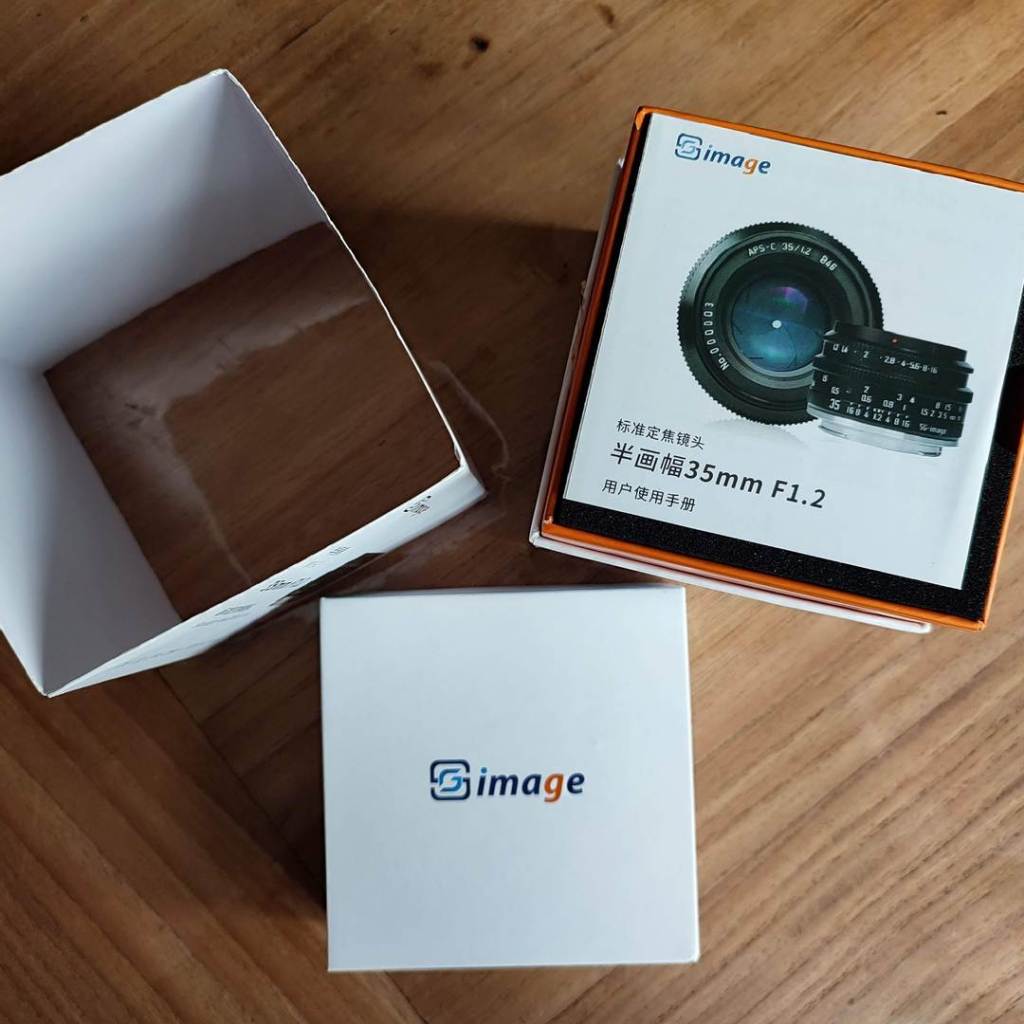
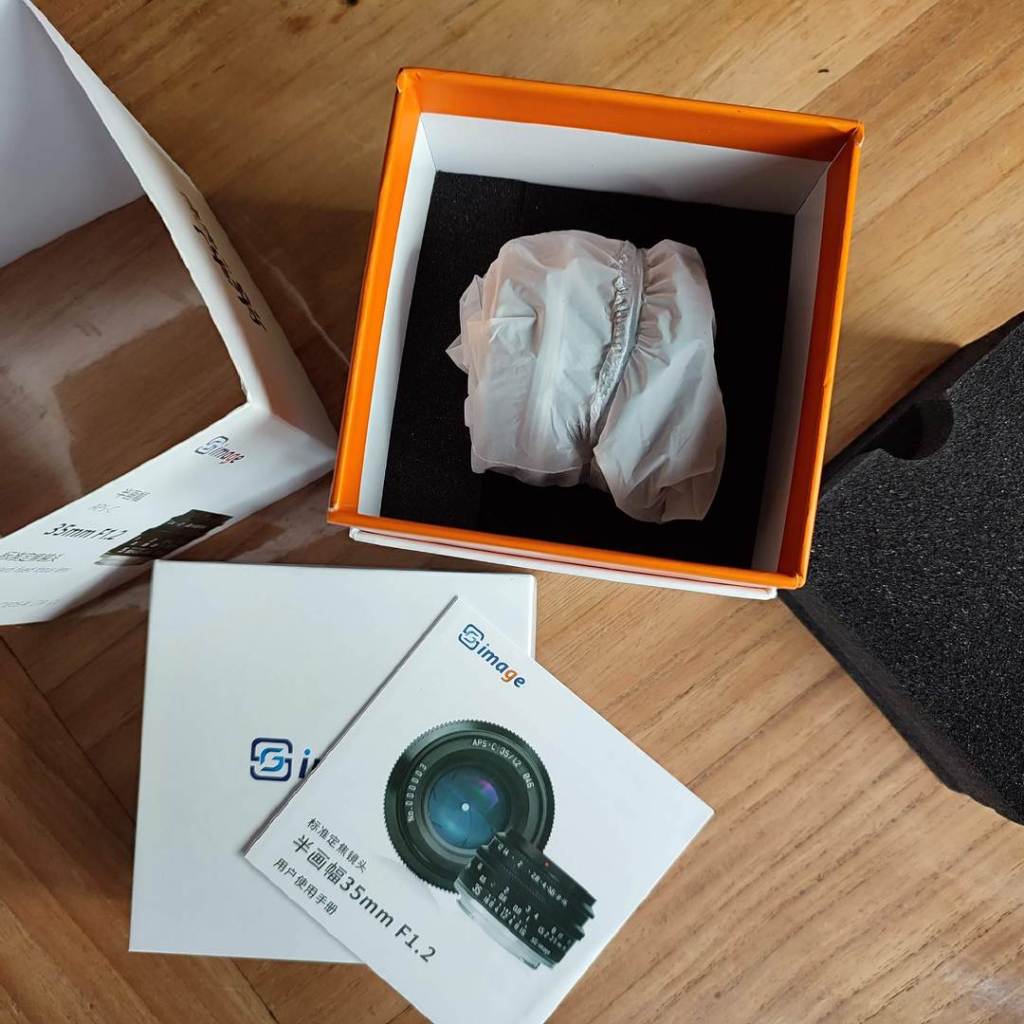
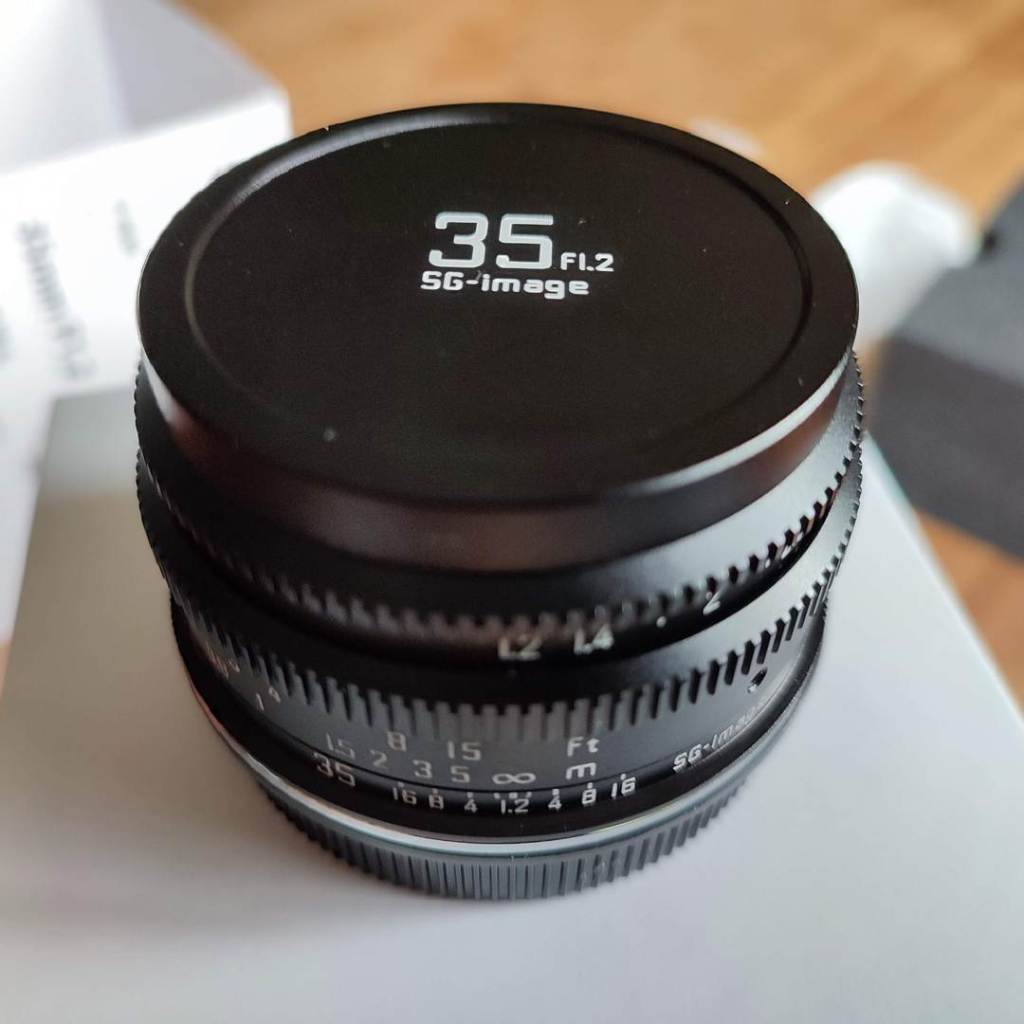
Focusing with this lens is easy, though its short and compact design means everything is naturally close together. It’s similar in feel to the SG-Image 25mm. However, that’s exactly what I was looking for—something like a pancake type of lens—so I can’t complain about that.
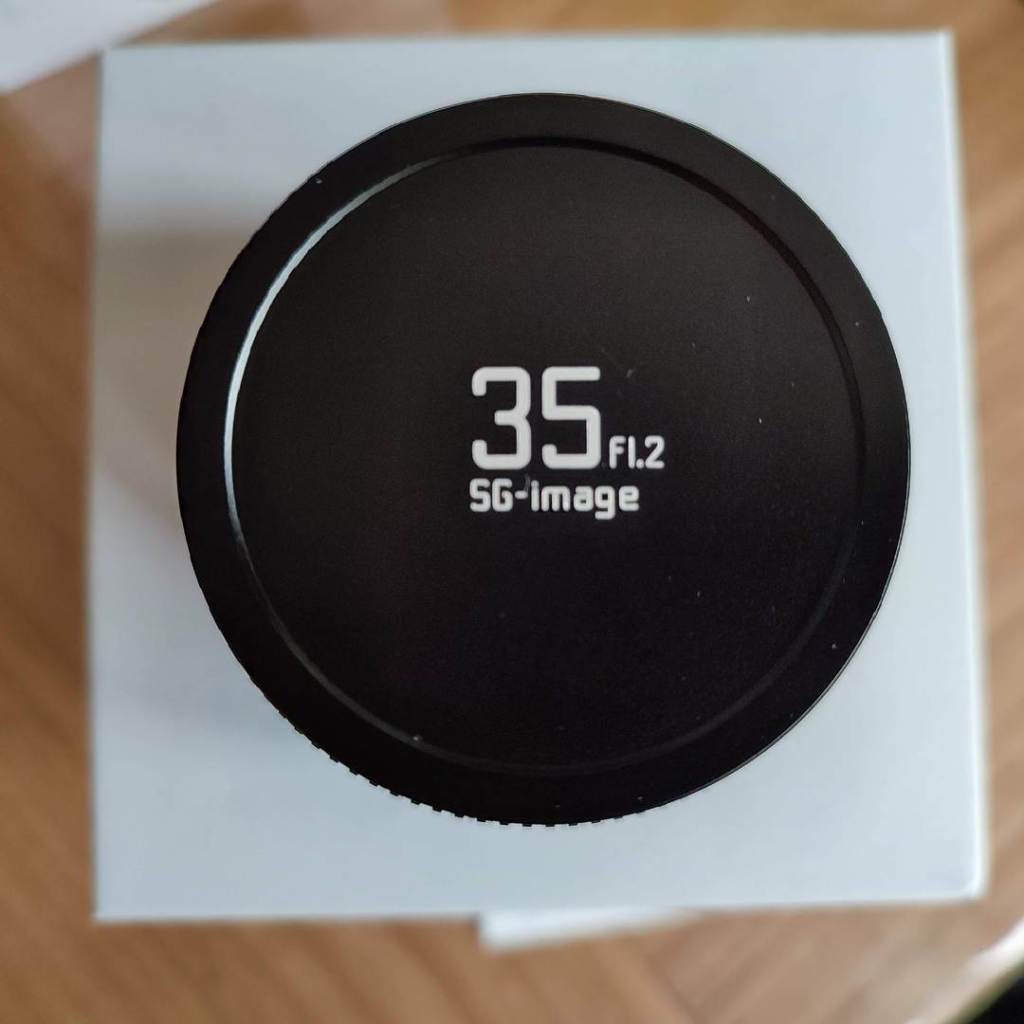
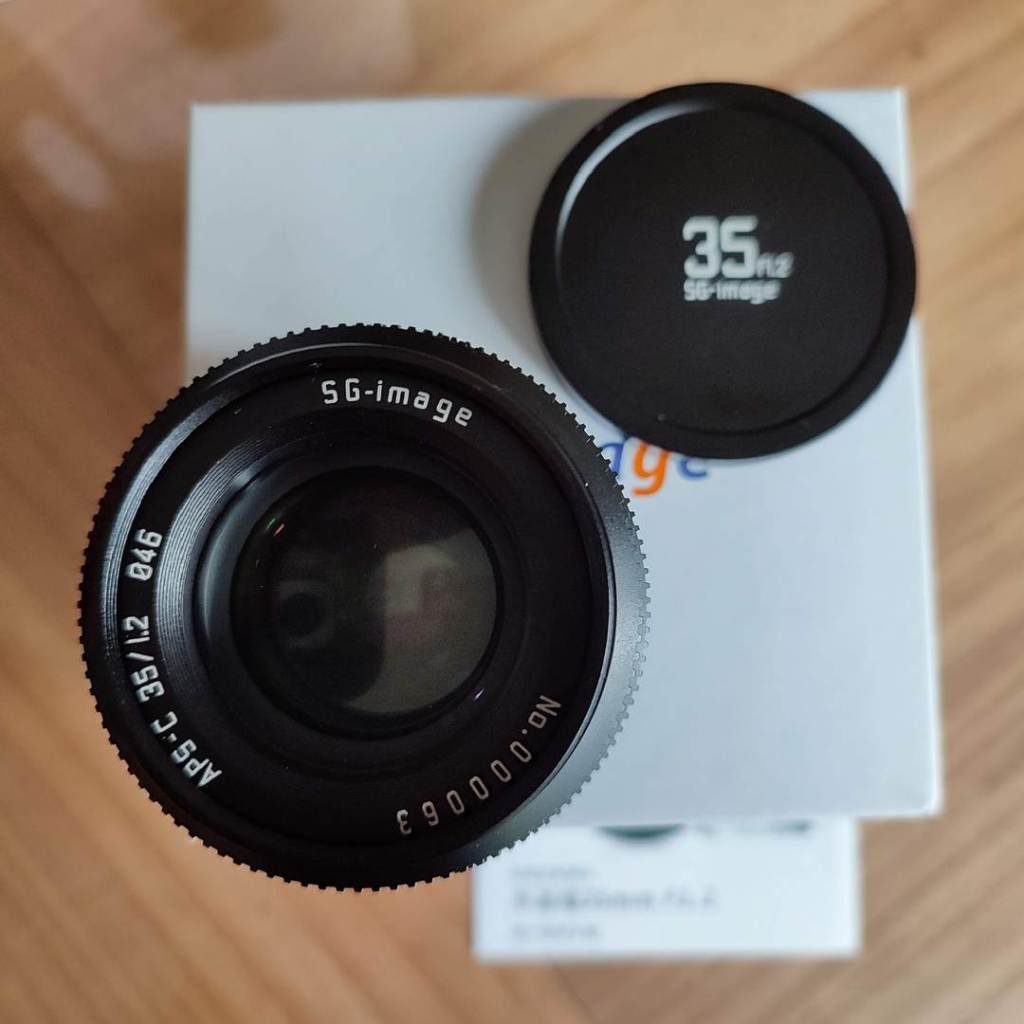
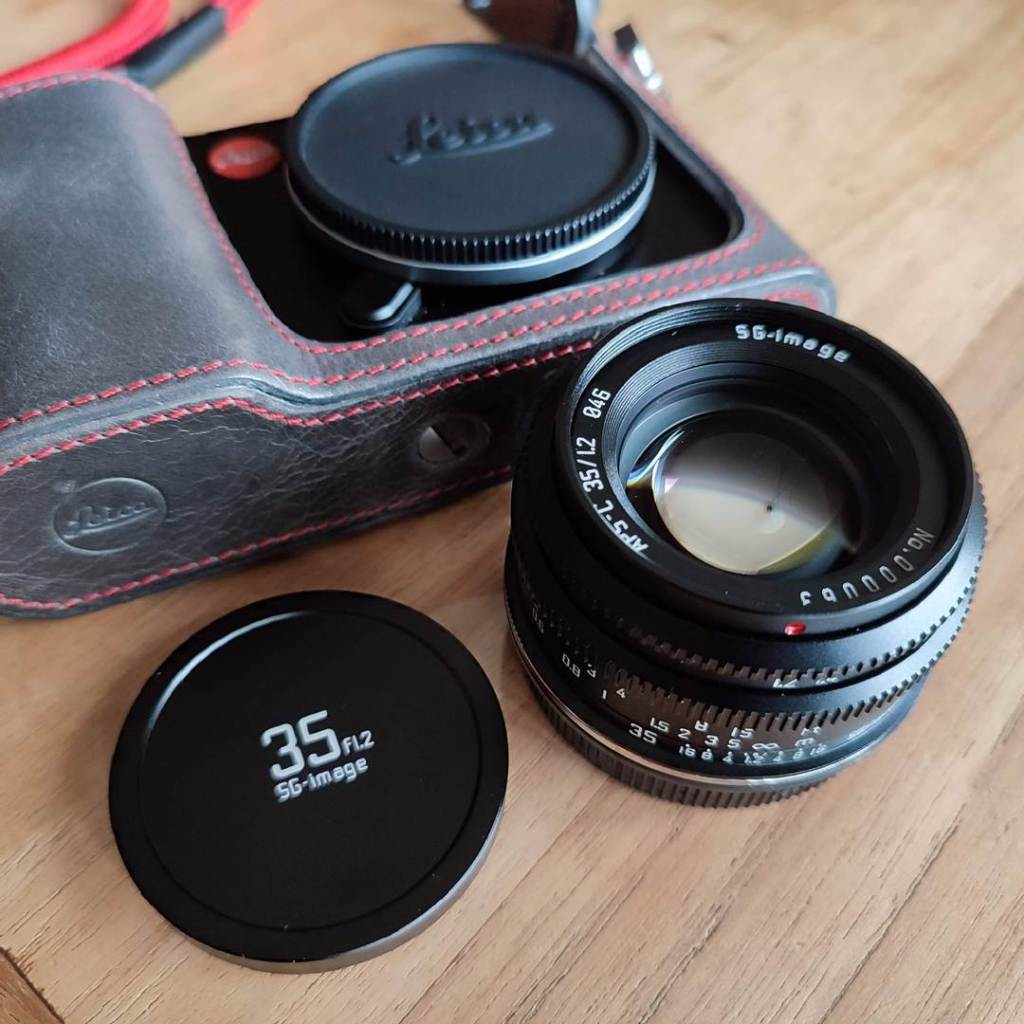
The build quality of the lens is excellent. It’s made entirely of metal and feels sturdy and high-quality. Everything comes neatly packaged in a small square cardboard box—no complaints there.
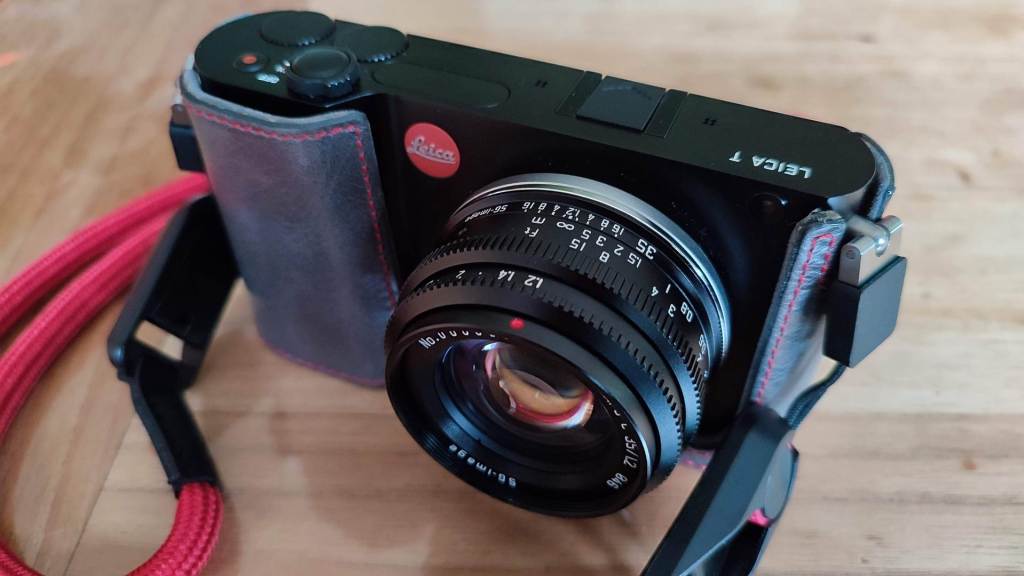
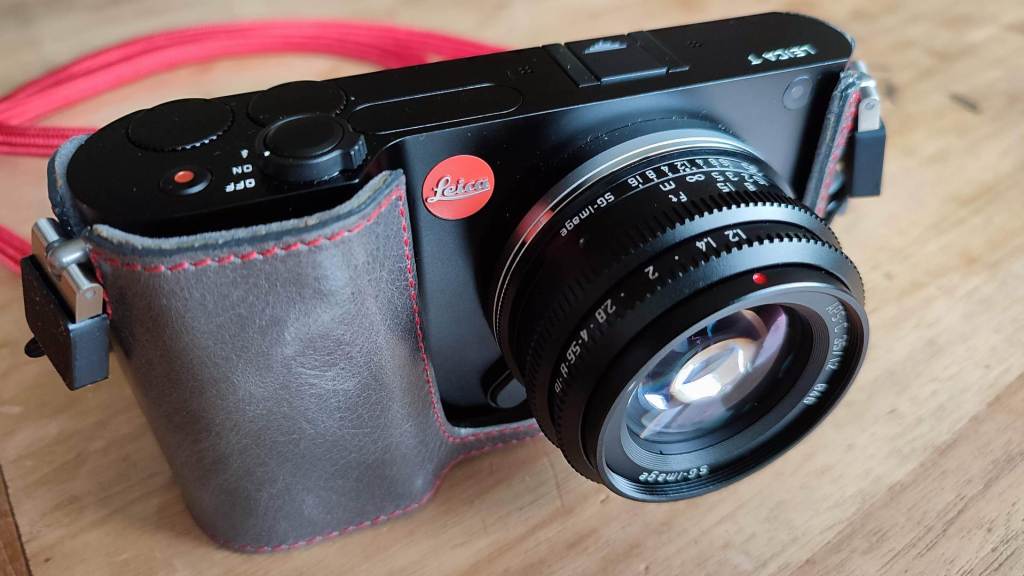
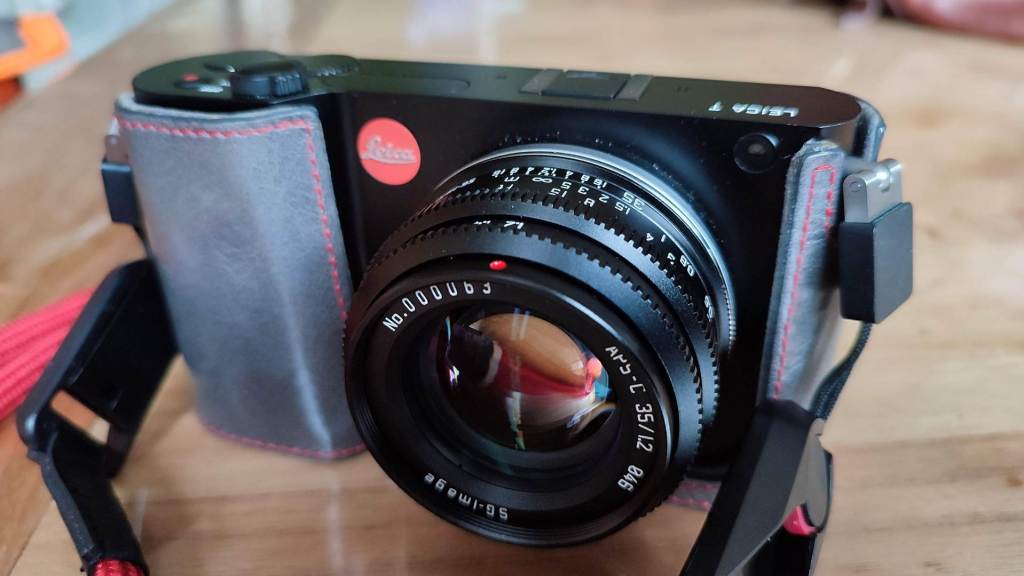
A small detail I really appreciate, just like with the SG-Image 25mm, is the metal lens cap that clearly shows the focal length. I think all manufacturers should do this—it would make finding the right lens in your bag much easier, and even more so when storing them at home. It would be even better if the focal length were also printed on the rear cap since I usually keep my lenses upside down in their neoprene pouches.
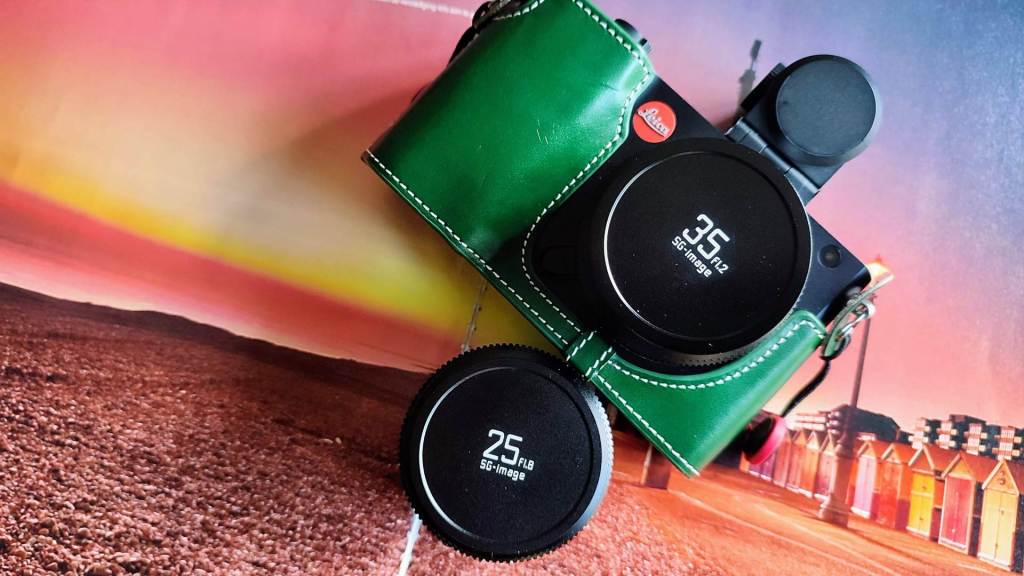
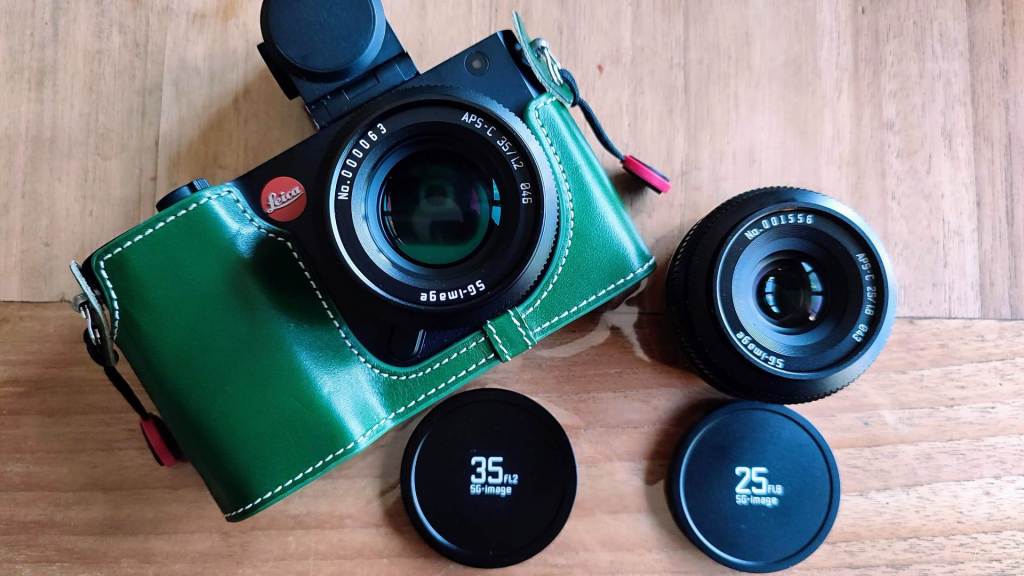
The lens looks great on my Leica T Type 701. Together, they create a classic and compact look. I don’t have a 35mm lens from 7Artisans or TTArtisans to directly compare in the same price range, but based on the results and my previous experience with the SG-Image 25mm, I believe this SG-Image 35mm lens will hold up well against them. L-mount lenses are often hard to come by, especially in the budget range, so this new brand is a welcome addition.
Quick Test:
The first photos for the SG-Image 25mm review have yet to be published, but while I was taking some gear shots of the 35mm, I thought, why not include a few test photos already? So, I grabbed a bunch of my favorite bananas—Tucan from Ecuador—placed them 50cm away from the lens, and focused on the top logo. Since the Leica T doesn’t have focus peaking, I used magnification at x6 to focus manually. Then, I took three shots: one at f/1.2, one at f/2.8, and the last one at f/8.0.
The Banana Test :
The biggest difference is noticeable between f/1.2 and f/2.8. For a lens that’s slightly more sensitive to light than most in its class, I thought it would be useful to see how it performed in this range. I included f/8 because it’s likely where the lens delivers its best performance.
The results speak for themselves, in my opinion. But in case you’re wondering:
- At f/1.2, the image has a dreamy softness.
- At f/2.8, the sharpness results are like what you’d expect from a vintage lens at this f number—sharp in the center, though it spreads further out than I expected, which is a pleasant surprise.
- At f/8.0, very sharp at first glance, it seems better than the 25mm from the same brand. I’ll need to do more testing, but the results are certainly promising.
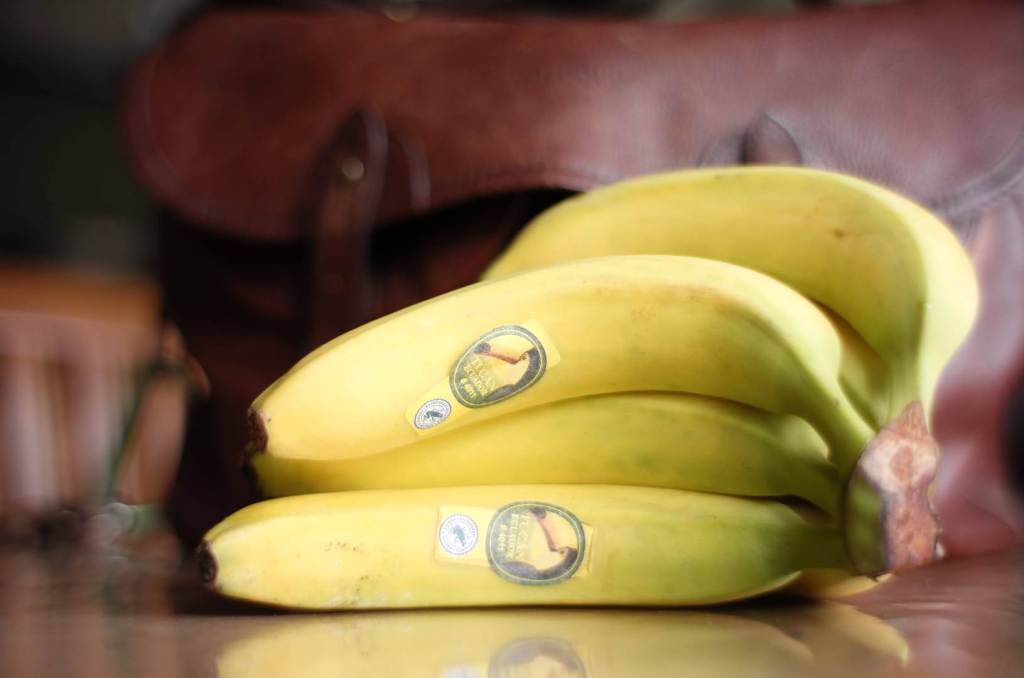
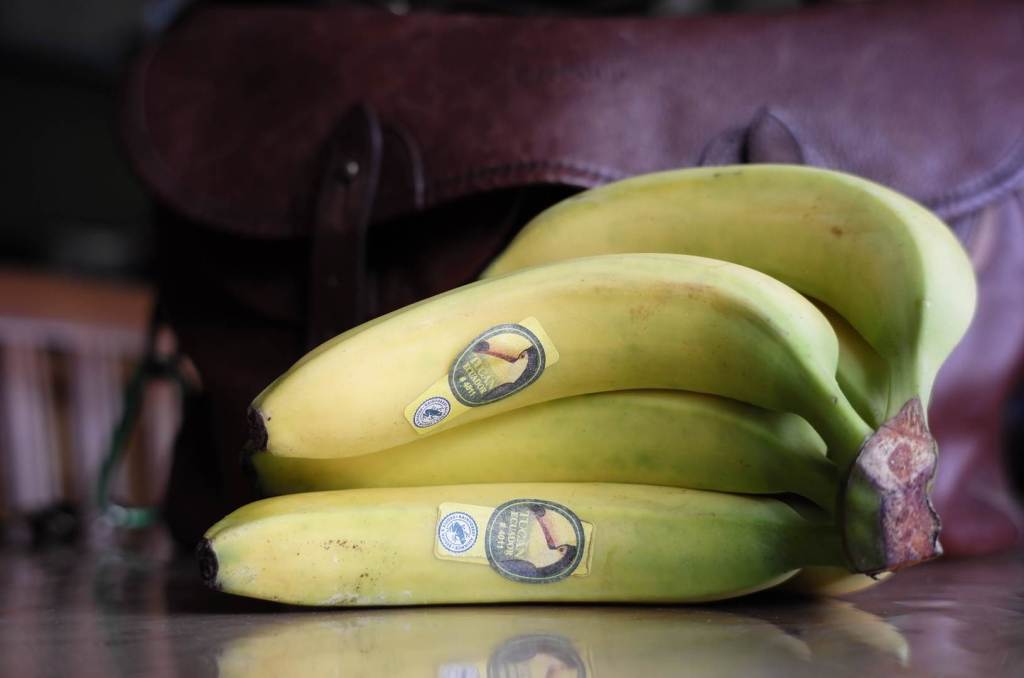
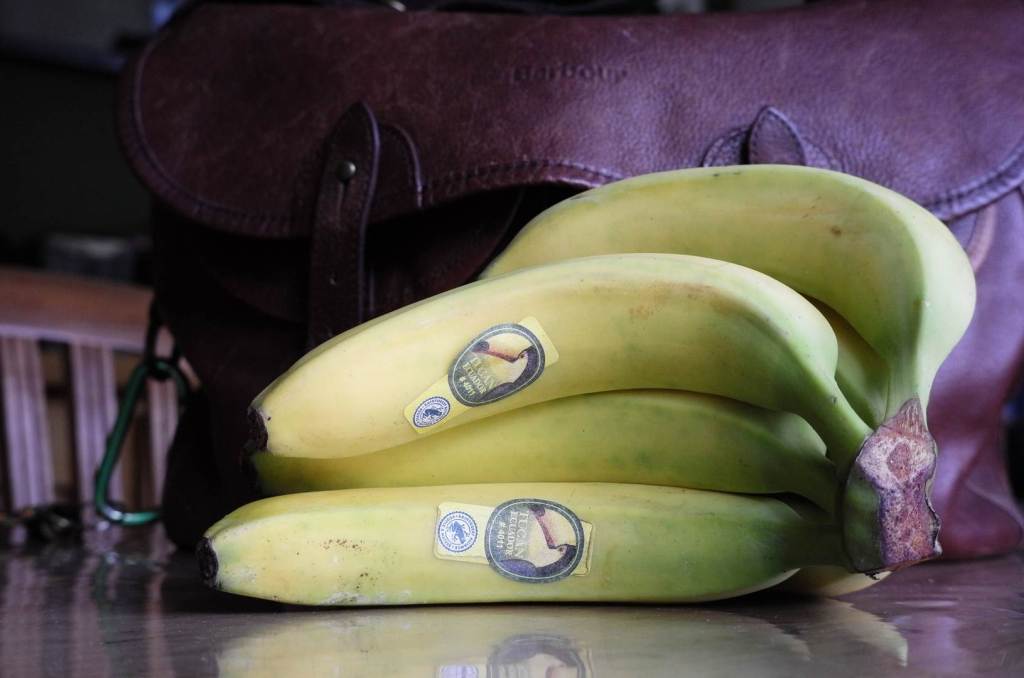
The photos are unedited, straight out of the camera as JPEGs.
Preliminary conclusion :
I don’t want to make my full review, which will come later, unnecessary, but I think it’s safe to say that the SG-Image 35mm f/1.2 has pleasantly surprised me. At f/1.2, this lens is perfect for creative photography, especially in very low-light situations. It’s clear that this aperture will be useful for artistic shots like evening portraits, dreamy landscapes, or sunsets—the creativity is entirely in your hands, but forget sharpness.
However, even now, I can see that this lens is going to be very usable at f/2.8, and maybe even at f/2.0. Personally, I like to shoot with manual lenses at f/2.8 to isolate the subject a bit, and at f/8 to get everything sharp. So far, this lens has met those expectations perfectly.
In summary, while the f/1.2 setting is fantastic for those artistic, low-light shots, the lens proves to be highly functional across a range of apertures, making it versatile for many types of photography.
If you’re a pixel-peeper, this might not be the lens for you. If you’re after top-notch, razor-sharp results, you’d be better off looking at a higher class of lenses, that probably will cost you 10 to 20 times more. But if you can live with some imperfections and find that they make you more creative, then this lens is definitely for you.
This lens is a keeper.
Company link : http://www.sg-image.com/pd.jsp?id=3
Find at eBay, Aliexpress, Online Stores, Camera Shops …
All gear photos, except for the test photos, were taken with a Xiaomi Redmi Note 10 Pro.
This article was written by Marc R.
While I primarily speak Dutch and have some knowledge of English and a little French, ChatGPT helps ensure my writing is grammatically correct. I often mix Dutch and English in my drafts, and ChatGPT steps in to translate and correct.
Discover more from Open Source Photography
Subscribe to get the latest posts sent to your email.


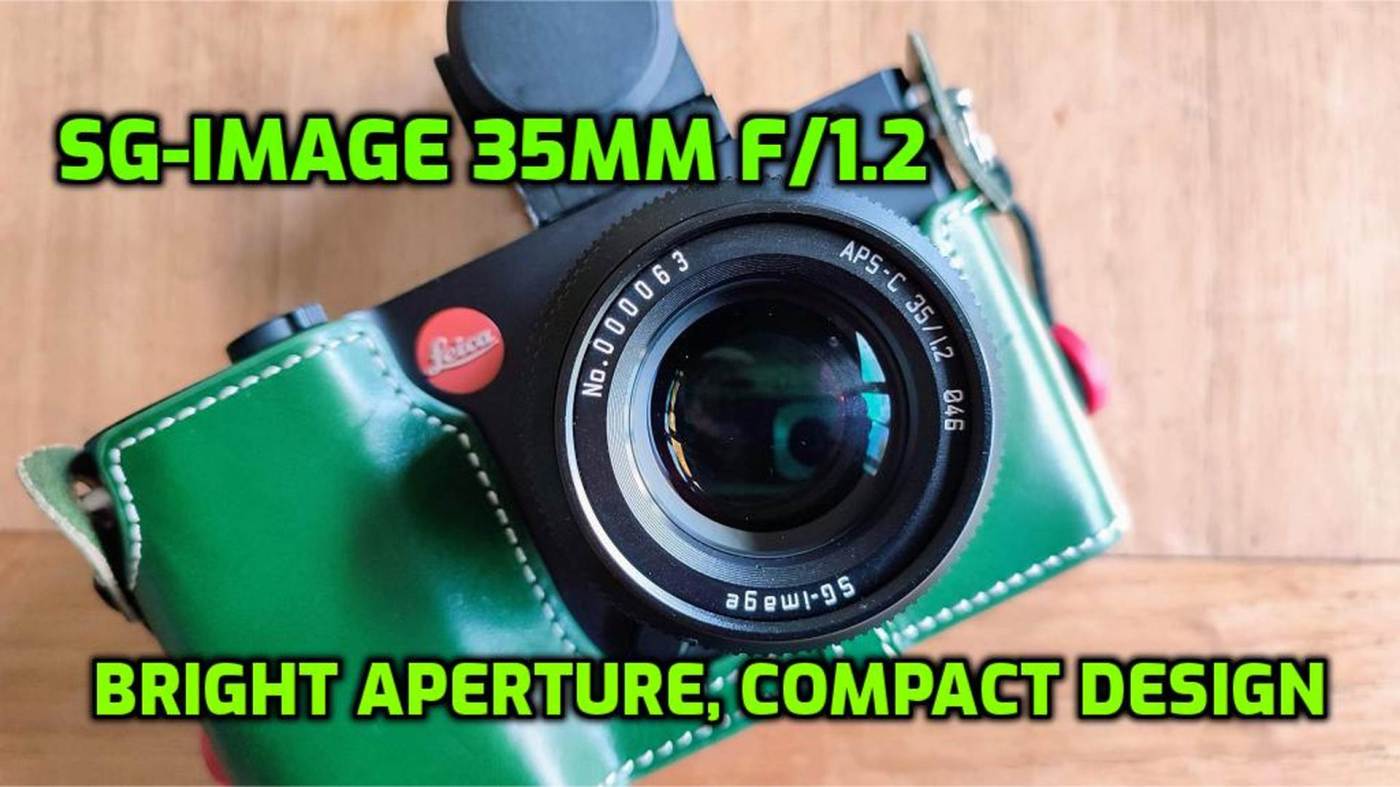

Wow! F/1.2, and the images look great too. I hope you enjoy this lens. I look forward to seeing the result too.
How do you find that focus peaking on that camera for that narrow depth of field in practical use?
LikeLiked by 1 person
Hey Mark,
That’s the thing—the Leica T doesn’t have focus peaking, you might have missed in the article. Instead, I focus using the magnifying option, either at 3x or 6x magnification. So far, I’ve been using 6x and taking my time to find the sharpest point, and that works pretty well
It’s not always easy, but I’ve found that as long as the focus is reasonably sharp, the results turn out well, even when shooting wide open. In other words, I don’t really miss the focus peaking, and photographing manual is still quite manageable.
As always, thanks a lot for your feedback, Mark. I hope all is well with you.
Best,
Marc
LikeLiked by 1 person
Ah! Just re-read it. I read it first in bed when I was half asleep. Funny thing is, although I have focus peaking I also prefer the magnification method as I find it so much more accurate anyway. Enjoy!
LikeLiked by 1 person
I feel exactly the same way. I’ve used focus peaking on my Fuji cameras and also on my Olympus, but I still prefer to manually focus using magnification. Recently, I discovered something interesting on the Leica T – when I’m perfectly focused on a subject, the edges of the object in the viewfinder start to shimmer slightly – it’s hard to describe, but it’s a bit like the split-screen focus of an old analog DSLR.
LikeLiked by 1 person
That sounds like the focus peaking on the Nikon! That’s exactly what it does!
LikeLiked by 1 person
Yes, but focus peaking is not specified in this model; I thought it was in the TL version. In any case, on the Fuji and Olympus, you can set it with colors, the Nikon probably to, here, it’s only a shimmering effect in the image.
LikeLiked by 1 person